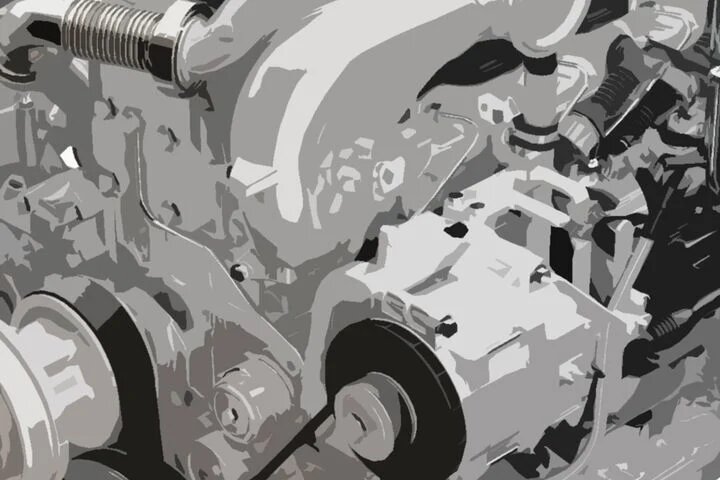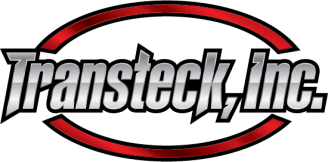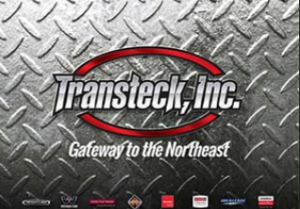
Torque is the bare potential for work generated from a twisting force that causes rotation. A racing engine might produce 900 hp but only 100 lb-ft of torque down low on the tach, compared to the 1,800-plus lb-ft that your diesel churns out at 1,200 rpm or even lower.
Consider adding the element of time to torque and you’re now talking about horsepower. It’s a calculated value, directly tied to torque, that measures the rate at which the work gets done.
Scottish inventor James Watt decided nearly two centuries ago that the industrial world needed a way to evaluate the output of his steam engine. He evaluated the work a good horse could and do and figured out that it could lift 330 pounds and 100 feet in one minute. Thus, the term “one horsepower.”
Torque is expressed as 33,000 lb-ft, which is calculated by multiplying 330 pounds by 100 feet. Simply put, one horsepower is the ability to do 33,000 lb-ft of work in one minute.
Technically speaking, Cummins said, “The torque output of an engine is a measure of the amount of turning force it produces which will move a load. Torque is a force, or load, applied in a circular path and measured in pound-feet. One example of torque would be to loosen a screw-type lid from a tightly sealed jar.”
“Torque is the amount of load multiplied by the distance at which the load is applied” . In an engine, it is generated by how far the piston moves.
Two main principles apply:
- At the lower end of an engine’s operating range, torque is stronger, while at the upper end, horsepower is higher
- The larger the area for combustion to force down the pistons the more power will be produced by a bigger displacement engine
To learn more and read the full article, click below.


